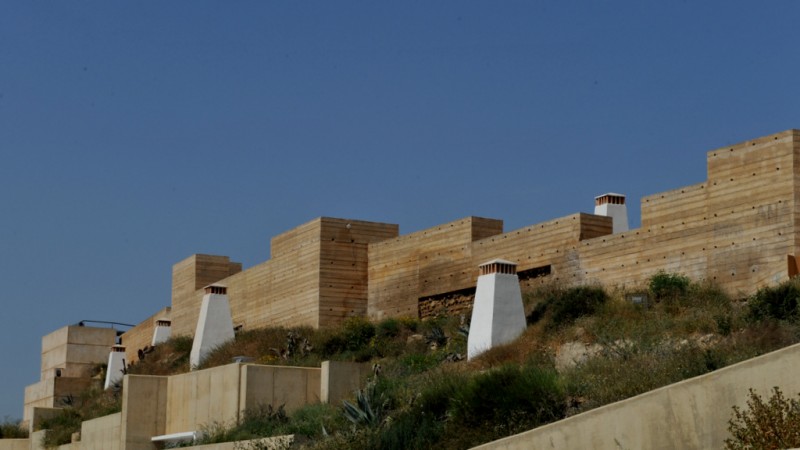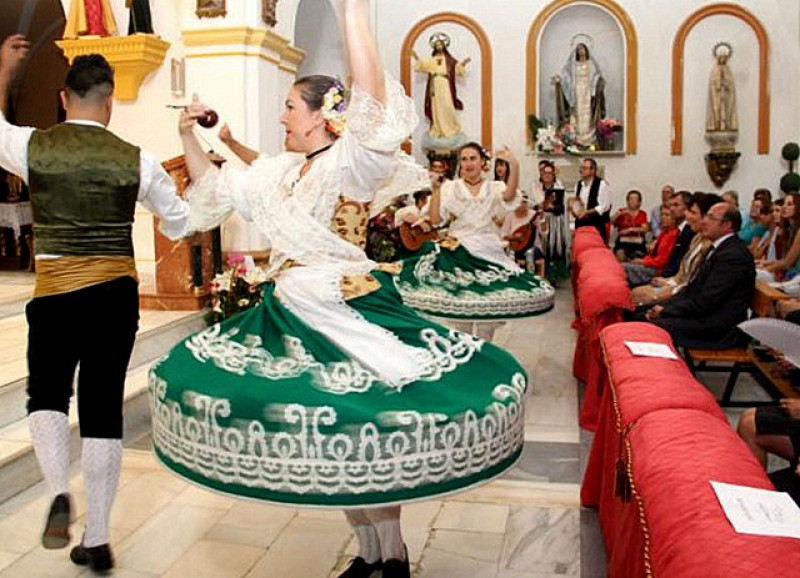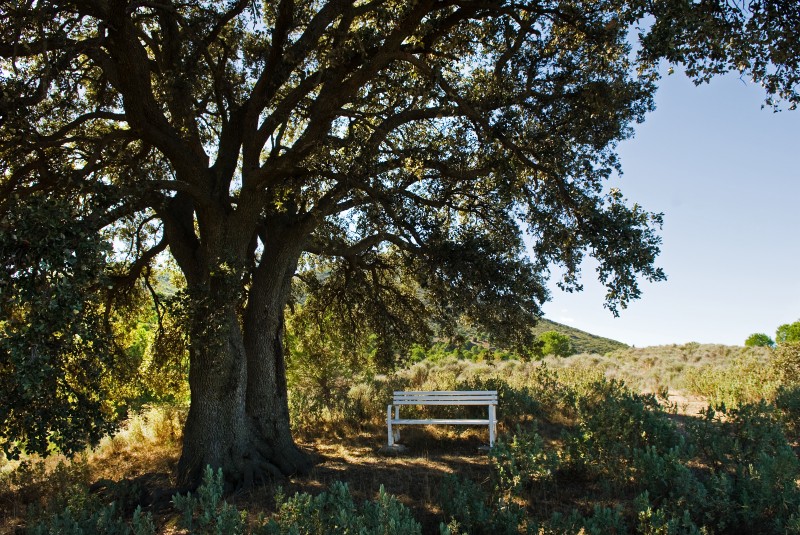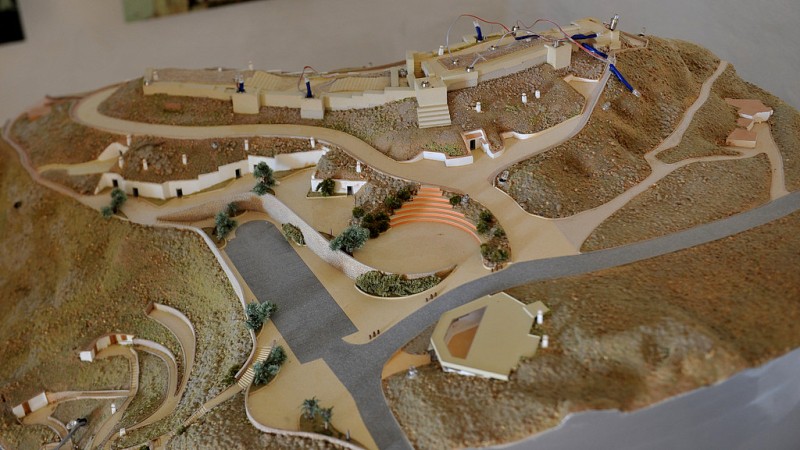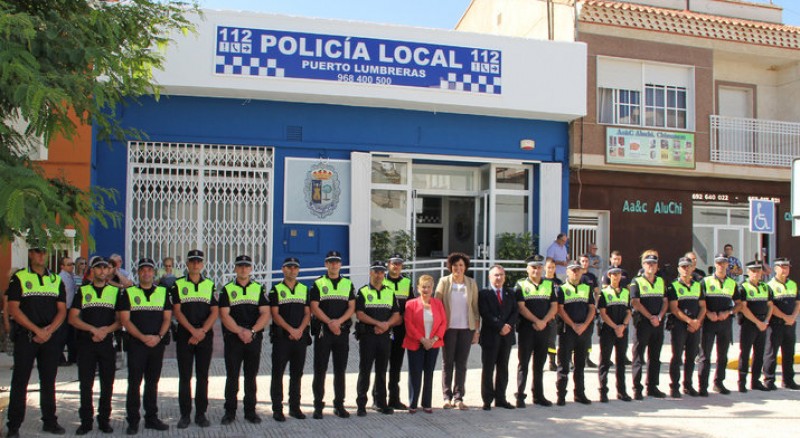-


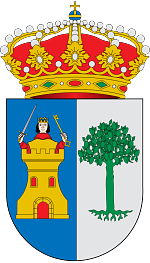
 Welcome To
Welcome To PuertoLumbreras
PuertoLumbreras


 Welcome To
Welcome To PuertoLumbreras
PuertoLumbreras


 Welcome To
Welcome To PuertoLumbrerasarticle_detail
PuertoLumbrerasarticle_detail

 Welcome To
Welcome To PuertoLumbreras
PuertoLumbreras- Region
- Águilas
- Alhama de Murcia
- Jumilla
- Lorca
- Los Alcázares
- Mazarrón
- San Javier
-
ALL AREAS & TOWNS
- AREAS
- SOUTH WEST
- MAR MENOR
- MURCIA CITY & CENTRAL
- NORTH & NORTH WEST
- TOWNS
- Abanilla
- Abarán
- Aguilas
- Alamillo
- Alcantarilla
- Aledo
- Alhama de Murcia
- Archena
- Balsicas
- Blanca
- Bolnuevo
- Bullas
- Cañadas del Romero
- Cabo de Palos
- Calasparra
- Camping Bolnuevo
- Campo De Ricote
- Camposol
- Canada De La Lena
- Caravaca de la Cruz
- Cartagena
- Cehegin
- Ceuti
- Cieza
- Condado de Alhama
- Corvera
- Costa Cálida
- Cuevas De Almanzora
- Cuevas de Reyllo
- El Carmoli
- El Mojon
- El Molino (Puerto Lumbreras)
- El Pareton / Cantareros
- El Raso
- El Valle Golf Resort
- Fortuna
- Fuente Alamo
- Hacienda del Alamo Golf Resort
- Hacienda Riquelme Golf Resort
- Isla Plana
- Islas Menores & Mar de Cristal
- Jumilla
- La Azohia
- La Charca
- La Manga Club
- La Manga del Mar Menor
- La Pinilla
- La Puebla
- La Torre
- La Torre Golf Resort
- La Unión
- Las Palas
- Las Ramblas
- Las Ramblas Golf
- Las Torres de Cotillas
- Leiva
- Librilla
- Lo Pagan
- Lo Santiago
- Lorca
- Lorquí
- Los Alcázares
- Los Balcones
- Los Belones
- Los Canovas
- Los Nietos
- Los Perez (Tallante)
- Los Urrutias
- Los Ventorrillos
- Mar De Cristal
- Mar Menor
- Mar Menor Golf Resort
- Mazarrón
- Mazarrón Country Club
- Molina de Segura
- Moratalla
- Mula
- Murcia City
- Murcia Property
- Pareton
- Peraleja Golf Resort
- Perin
- Pilar de la Horadada
- Pinar de Campoverde
- Pinoso
- Playa Honda
- Playa Honda / Playa Paraíso
- Pliego
- Portmán
- Pozo Estrecho
- Puerto de Mazarrón
- Puerto Lumbreras
- Puntas De Calnegre
- Region of Murcia
- Ricote
- Roda Golf Resort
- Roldan
- Roldan and Lo Ferro
- San Javier
- San Pedro del Pinatar
- Santiago de la Ribera
- Sierra Espuña
- Sucina
- Tallante
- Terrazas de la Torre Golf Resort
- Torre Pacheco
- Totana
- What's On Weekly Bulletin
- Yecla


- EDITIONS:
 Spanish News Today
Spanish News Today
 Alicante Today
Alicante Today
 Andalucia Today
Andalucia Today
article_detailPuerto Lumbreras Fiestas of the Virgen del Carmen
Celebrations are held in the barrio of Los Limoneros and the pedanía of Góñar
Puerto Lumbreras celebrates its fiestas in honour of the Virgen del Carmen around the date of 17th July each
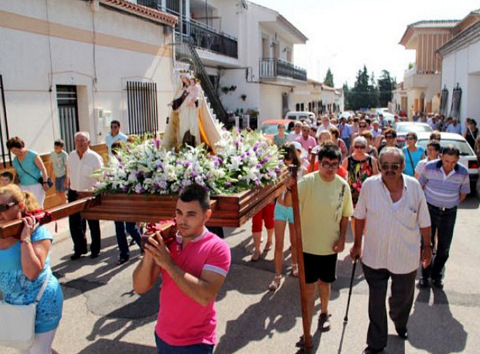 year in the Barrio de Los Limoneros and the pedanía of Góñar.
year in the Barrio de Los Limoneros and the pedanía of Góñar.The day takes the traditional format of a floral offering to the Virgen del Carmen on the Saturday nearest to her saint’s day, and a mass in the chapel dedicated to the Virgen del Rosario, in the district of Los Limoneros.
On the Sunday a traditional romería takes place, in which the image of the Virgen is carried around the streets of the district.
The pedanía of Góñar in Puerto Lumbreras also has local fiestas dedicated to the Virgen del Carmen and holds a procession with their image of the virgen from the church to the sports ground, where a mass is held in honour of the Virgen.
History behind the devotion to the Virgen del Carmen
The history of devotion to the Virgen del Carmen goes way back in history, 300 years before Christ was even born, to Galilee, and to a mountain called the Carmelo, the Hebrew word for garden.
The story says that in 300 BC a great drought threatened the livelihood of all those living in the area, and the holy men living on the mountain, amongst them the Prophet Elias, joined with those praying for rain. Whilst praying on the mountain top he saw a vast white cloud which came from the sea and rose into the air, bringing the much longed for rain. Elias interpreted this as being a sign of the coming of a saviour, who would be conceived from a virgin and would bring a rain of blessings. From then on, the community dedicated itself to praying for the mother of the redeemer, and for her arrival, the result of which was the emergence of the Carmelites, whose devotion was to our Lady of Carmen, the Virgen del Carmen.
The day of 16th July as being the day of the Virgen del Carmen is actually due to an Englishman, a man called Simon Stock who founded various monasteries dedicated to the cult of the Virgen del Carmen across Europe in the 13th century.
On the 16th July 1251, the Virgen is said to have appeared to him holding a scapular in her hands, saying the words: Let this be a sign and privilege for you and for all Carmelites: whoever dies, using the scapular will never suffer eternal fire.
(A scapular is a piece of cloth worn by religious orders, having originated as an apron, but is also a devotional item consisting of two small pieces of cloth, or laminated paper joined by two longer pieces of cloth, normally bearing religious texts. Both bring promises for those who wear them.)For this reason, the Virgen del Carmen is celebrated on 16th July.
By the Middle ages the Virgen del Carmen had become known as the "Estrella del Mar" the star of the sea, of particular significance for sailors who are guided by the stars of the sea. The Virgen became associated as the star who guides us through the difficult waters of life to safe port, the port being the love of Christ.
By the 18th century the cult of the Virgen del Carmen was widespread in Spain and towards the end of the 18th century, the Spanish Admiral Antonio Barceló Pont de la Terra (1716-1797) decided to change the patronship of Spanish sailors from that of Saint Telmo for that of the Virgen del Carmen.
You´ll often find a "Barrio del Carmen" in Spanish cities, a district named in her honour, and it´s normal for there to be a celebration of some sort in any Barrio del Carmen on the 16th July.
Here in the region of Murcia, acts of homage to the Virgen del Carmen are known to have begun in 1792.Click for more information about the Puerto Lumbreras municipality
article_detail
article_detailContact Murcia Today: Editorial 000 000 000 / Office 000 000 000

To be listed on the CAMPOSOL TODAY MAP please call +34 .

To be listed on the CONDADO TODAY MAP please call +34 .

Guidelines for submitting articles to Camposol Today
Hello, and thank you for choosing CamposolToday.com to publicise your organisation’s info or event.
Camposol Today is a website set up by Murcia Today specifically for residents of the urbanisation in Southwest Murcia, providing news and information on what’s happening in the local area, which is the largest English-speaking expat area in the Region of Murcia.
When submitting text to be included on Camposol Today, please abide by the following guidelines so we can upload your article as swiftly as possible:
Send an email to editor@camposoltoday.com or contact@murciatoday.com
Attach the information in a Word Document or Google Doc
Include all relevant points, including:
Who is the organisation running the event?
Where is it happening?
When?
How much does it cost?
Is it necessary to book beforehand, or can people just show up on the day?
…but try not to exceed 300 words
Also attach a photo to illustrate your article, no more than 100kb




